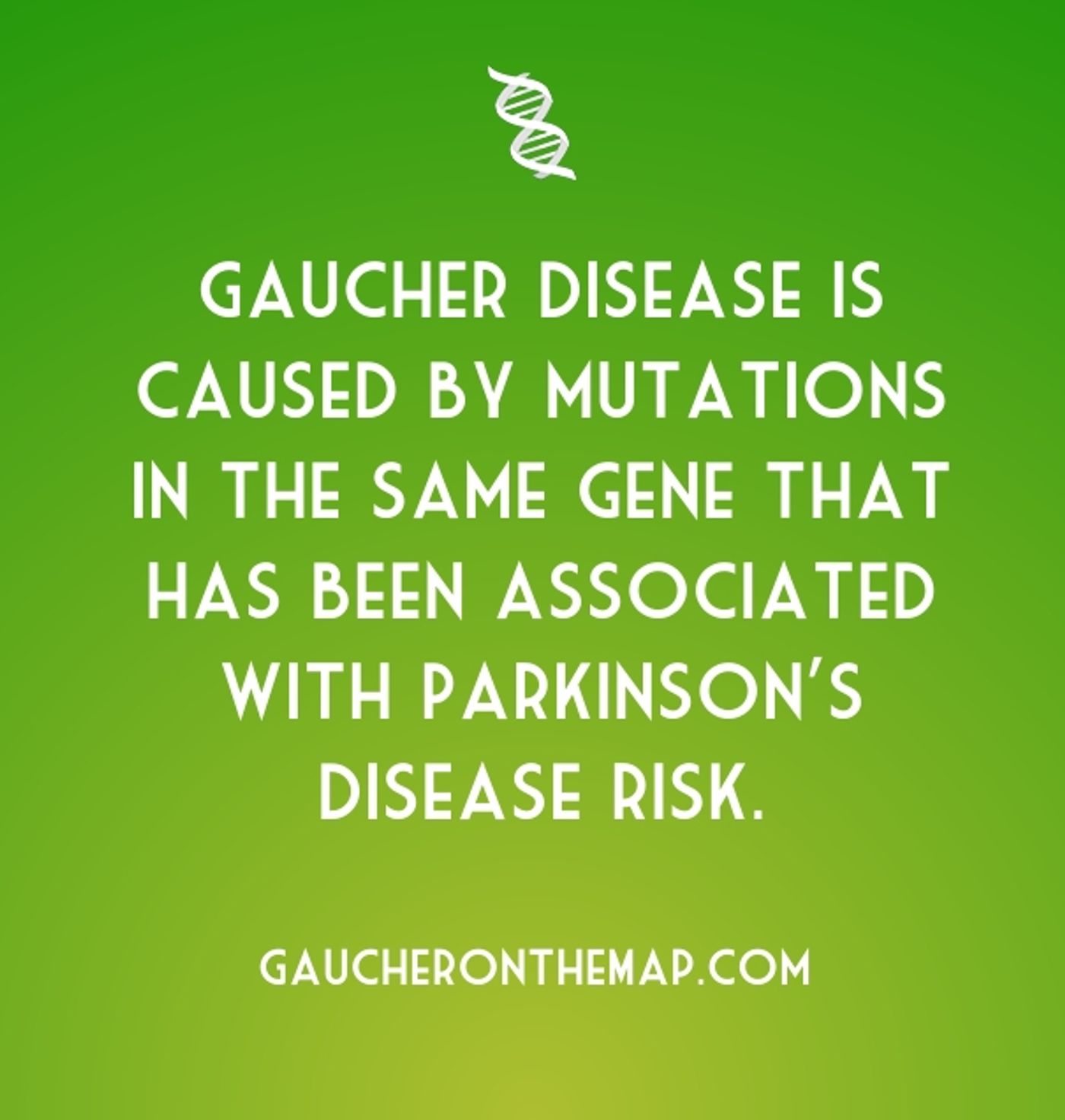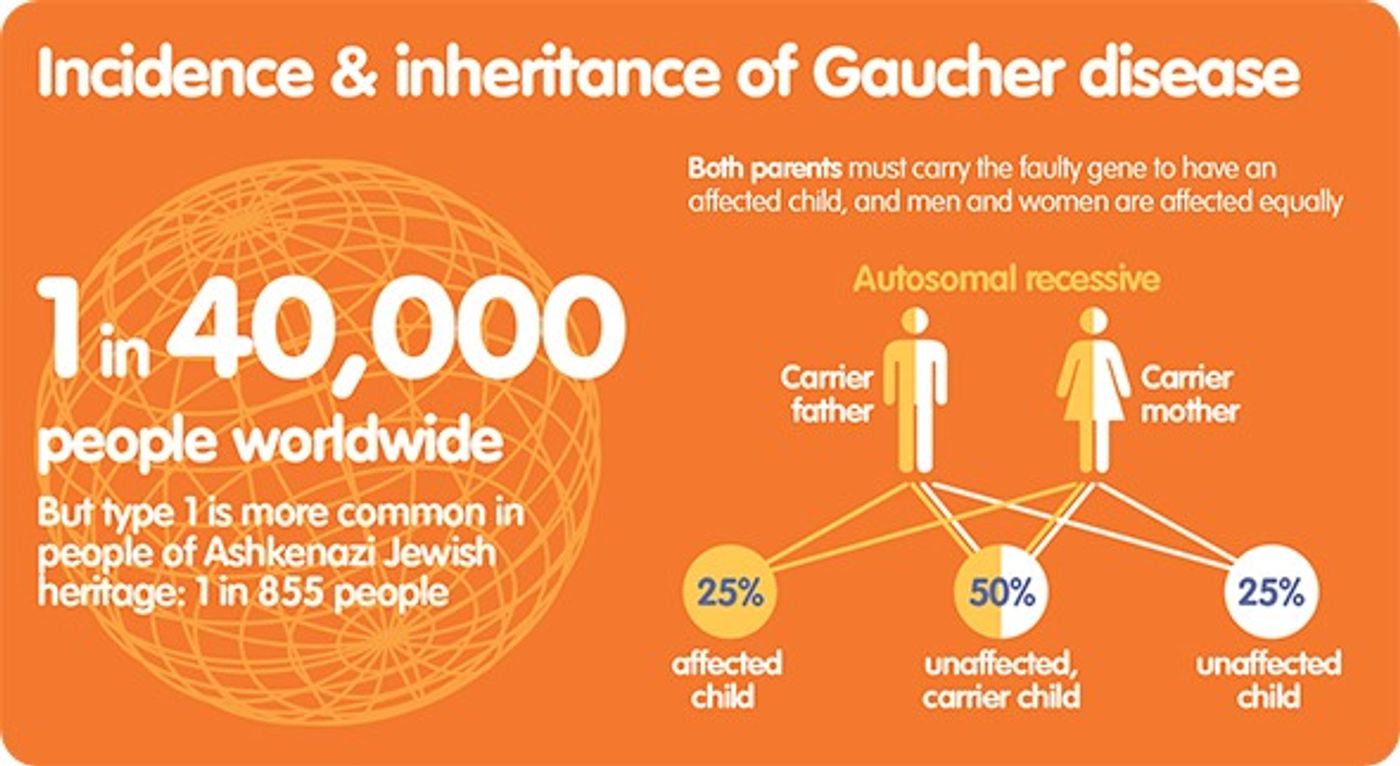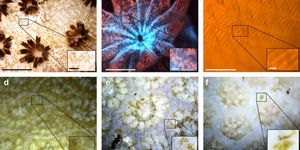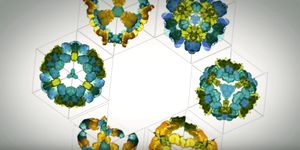You have probably heard of Parkinson’s Disease (PD), the second most common neurodegenerative disorder after Alzheimer’s. And with PD affecting 2% of the population over the age of 60, you might even know someone with this diagnosis. The disease etiology of PD is complex; it can be sporadic, familial, or caused by environmental factors. One of the strongest genetic risk factors for the development of sporadic PD are genetic mutations in the GBA1 gene that encodes an enzyme called glucocerebrosidase. Glucocerebrosidase is an enzyme that hydrolyzes some species of glycolipids. Defective glucocerebrosidase activity results in lysosomal storage of the glycolipids that cannot be hydrolyzed. The build-up of unhydrolyzed substrates in the lysosomal system leads to cellular stress and dysfunction. Having one defective copy of this gene increases the risk of developing PD. Having two defective copies of GBA1, however, causes a different, much rarer, disease known as Gaucher disease. Some Gaucher patients develop PD, some don’t. This connection between GBA1, Gaucher, and PD invites a lot of questions into PD and Gaucher pathology and hints at the possibility of a therapeutic being beneficial for both diseases.

Researchers at the NIH investigated that exact possibility. By taking skin cells from patients with Gaucher disease with and without PD, they created induced pluripotent stem cells (iPSCs) that they then differentiated into dopaminergic neurons, the kind of neuron that is targeted in PD.
With these iPSC-derived dopaminergic neurons, the researchers first investigated differences between the neurons derived from patients with Gaucher with PD and Gaucher without PD. All of the cells showed decreased glucocerebrosidase activity and storage of glycolipids, indicating that they faithfully recapitulated the features of Gaucher. The neurons from patients that also have PD also had reduced dopamine storage, reduced dopamine transporter uptake, and increased levels of ?-synuclein, all of which are features of PD.
The next part of this study was to use these iPSC-derived neurons to conduct high-throughput screening to identify small molecules that could ameliorate the pathology of Gaucher. Through this screen, they found a small molecule, NCGC607, that acts as a chaperone for the defective glucocerebrosidase and helps to restore its normal enzymatic function. When applied to iPSC-derived neurons from patients with Gaucher and PD, NCGC607 increased glucocerebrosidase activity, decreased glycolipid storage, and also reduced levels of ?-synuclein.

With results like this, NCGC607 could go into development as a therapeutic for the rare Gaucher disease and the much more common PD. This research is a really wonderful example of looking at a genetic link between a rare disease and common disease and using that link to find a treatment that might work for both.
Sources:
Fierce Biotech,
NIH, and
Journal of Neuroscience










